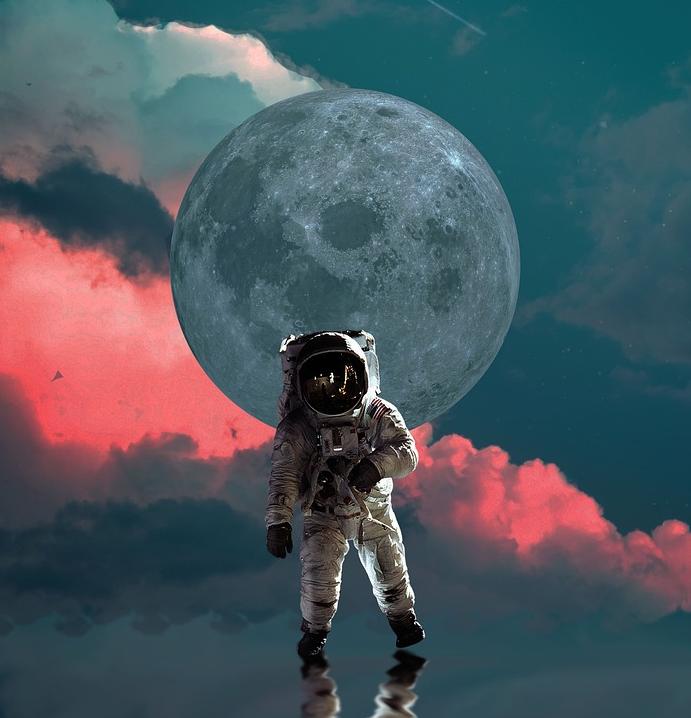This week, Milan has become the focal point of the global space community, hosting the International Astronautical Congress (IAC) organized by the International Astronautical Federation (IAF). With the acceleration of the competition for Earth orbit and lunar exploration, space experts, government officials, and private companies from around the world have gathered to discuss the future direction of space development.
New Lunar Race: A Contest Between the U.S. and China
This year’s IAC stands out by gathering top global space experts and showcasing the U.S.-China space rivalry. Both nations are advancing their lunar programs, aiming for human landings on the Moon in the 2020s—the first since the Apollo missions. The U.S.’s Artemis program focuses on building a lunar alliance through international collaboration, while China is rapidly developing its space capabilities with the Tiangong space station and independent missions.
The U.S. and China are locked in intense space competition. However, the Milan conference provides a rare chance for face-to-face exchanges between experts from both countries, significant for space diplomacy. NASA’s Bill Nelson aims to gather international support for NASA’s future plans. He will push for private sector involvement to replace the ISS after its retirement. The U.S. is also focusing on low Earth orbit (LEO) research, competing with China’s Tiangong space station.
Meanwhile, the absence of Russia’s Roscosmos emphasizes the complexities of international space cooperation. Following Russia’s invasion of Ukraine, Western sanctions have weakened its influence in international space projects. The once-dominant U.S.-Russia cooperation on the ISS is now being replaced by U.S.-China competition.
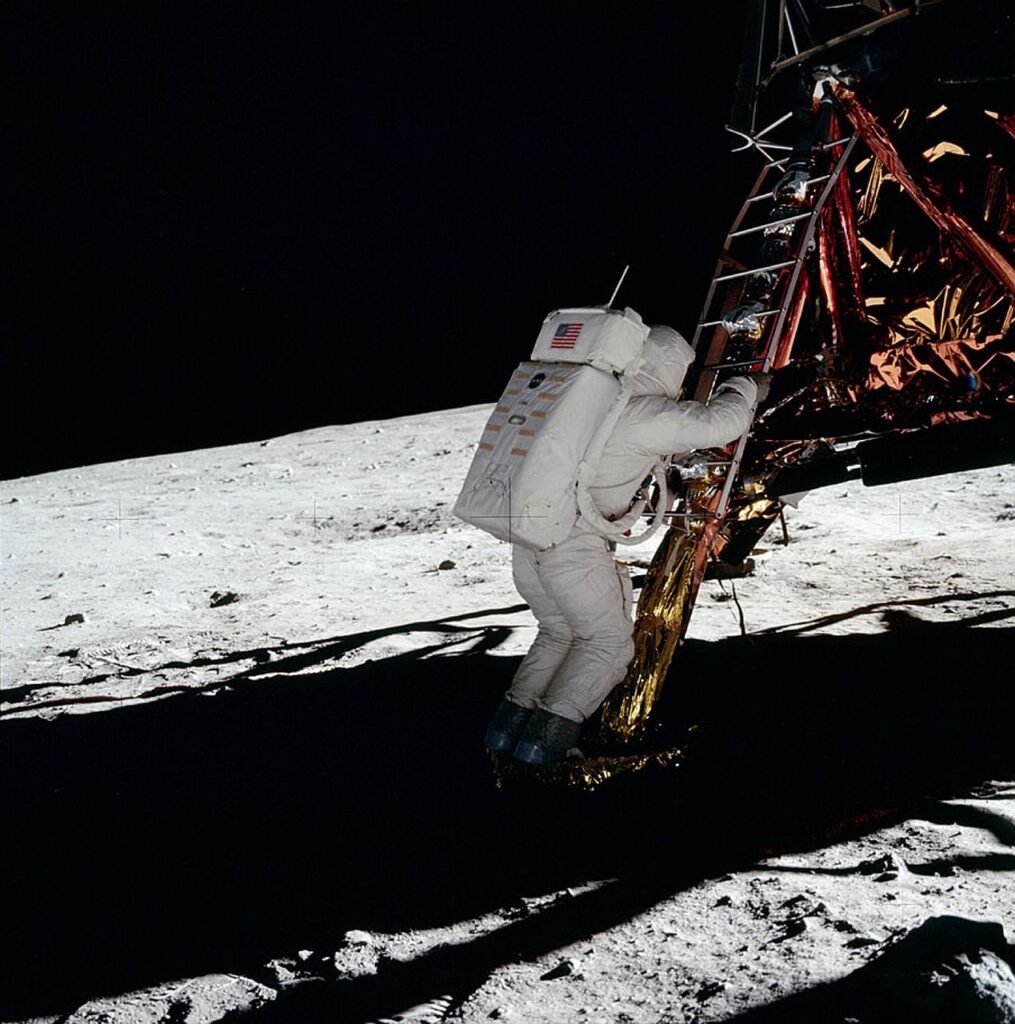
The Rise of Private Space Enterprises
A key highlight of this IAC is the growing role of the private sector, with SpaceX leading the charge. Under Elon Musk’s leadership, SpaceX dominates space transport with its Falcon 9 rocket and has revolutionized satellite communications with Starlink. As the largest satellite operator, SpaceX shows how private companies are driving innovation in the global space industry.
The rise of private space companies is not limited to the U.S. In Europe, aerospace firms from France and Germany are adapting their strategies to stay competitive in the space race. Despite setbacks from Russian supply chain disruptions, Europe is regaining its launch capacity with successful Ariane 6 tests. European satellite manufacturers are shifting from large geostationary satellites to LEO constellations, aiming to compete with players like Starlink.
The conference has also witnessed expanded collaboration between private companies and traditional space agencies. For example, Airbus in Europe and Voyager in the U.S. are engaging in transatlantic partnerships to meet Europe’s LEO research needs. Furthermore, European aerospace companies are exploring mergers in their satellite businesses to compete with private giants such as SpaceX.
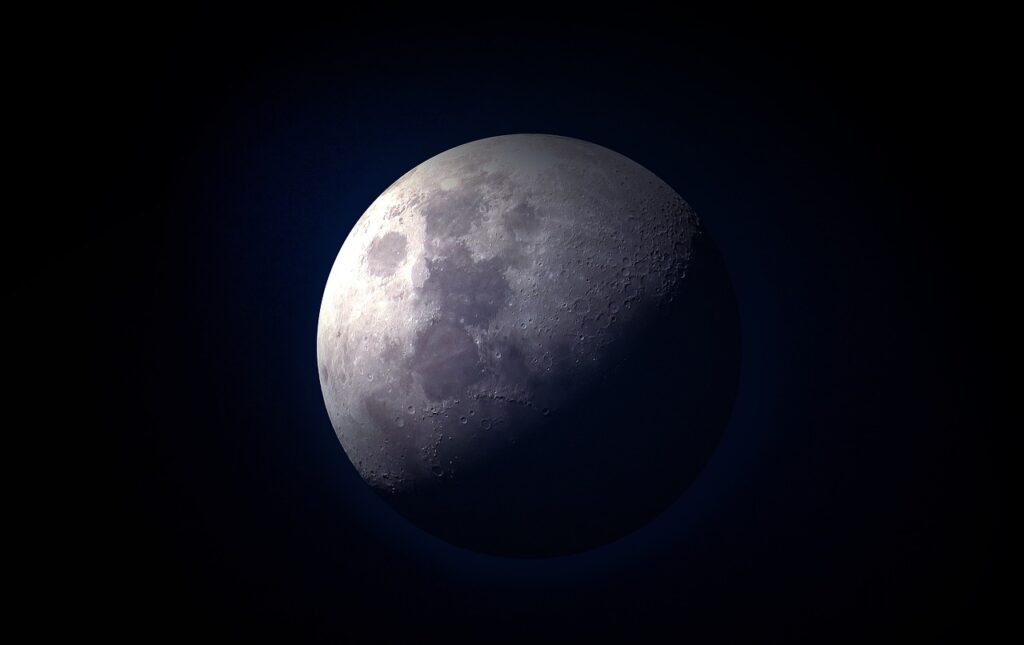
Europe’s Space Independence: Needs and Challenges
For Europe, maintaining independent access to space amidst the new global space race is a key topic at this conference. With the U.S. and China solidifying their dominance in space, European nations are re-evaluating their priorities in launch vehicles and satellite manufacturing. Italy, a significant contributor to the European Space Agency (ESA), is playing a crucial role during this conference. The Italian government is pushing for its first national space industry legislative framework, aiming to provide legal protections for private investments and ensure Italy’s important role in future space exploration.
Italian Industry Minister Adolfo Urso highlighted the importance of a legislative framework for achieving national space goals and sustainable space use. Italy plans to invest €7.3 billion in national and European space projects by 2026, enhancing its leadership in ESA.
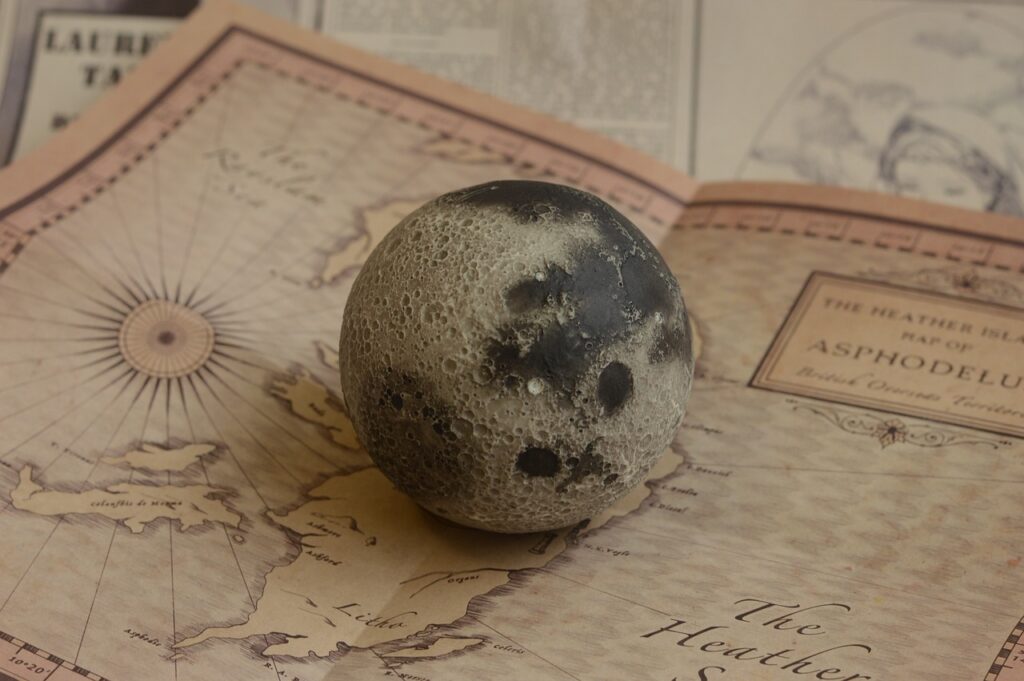
Lunar Exploration: Cooperation and Competition
Lunar exploration is a major focus at this year’s conference, alongside the future of the ISS. NASA’s Artemis program symbolizes global collaboration, with many countries joining through the Artemis Accords. NASA’s investment in Artemis has made the Moon both a target for scientific exploration and a battleground for geopolitical competition.
Meanwhile, China is rapidly catching up with its independent lunar program and the construction of the Tiangong space station. China’s space ambitions extend beyond the Moon to Mars, deep space exploration, and international space cooperation. Although competition between the U.S. and China is intensifying, how the two countries may find opportunities for collaboration on the global stage will be a critical issue to watch in the future.
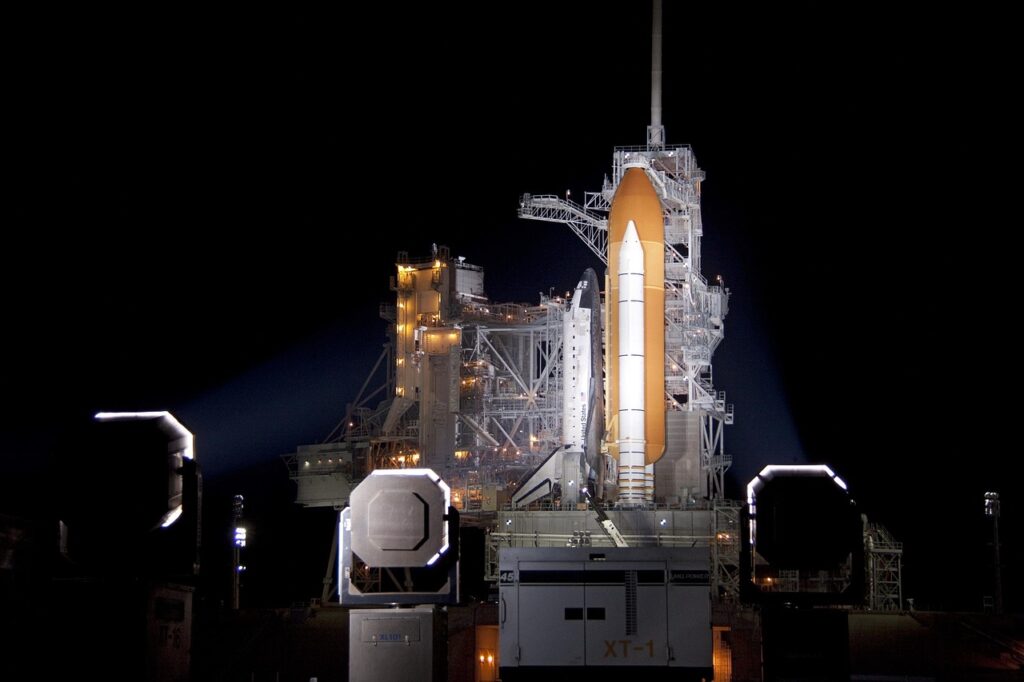
Geopolitical Impacts and Future Outlook
International space cooperation is evolving in response to global geopolitical shifts. The U.S. and its allies have formed a new space alliance through the Artemis program, striving to maintain a leading role in the lunar race. Meanwhile, China is attracting more international partners through the Tiangong space station and its independent space initiatives, particularly in emerging markets in Asia and Africa.
Russia’s absence reflects its growing marginalization on the international space stage and signals a shift in the dynamics of global space cooperation. In the post-ISS era, international space collaboration may become more multipolar, with an increasingly important role for private companies. As IAF President Clay Mowry noted, the current phase of space exploration is at a crucial turning point, similar to the Apollo era of the 1960s.
Final Thoughts
The Milan Global Space Congress marks an acceleration of the new global space race. Global space exploration is entering an unprecedentedly active phase, with lunar missions, LEO research, and the rise of private companies. International cooperation and competition coexist as private and government space agencies push the limits of exploration. The main challenges ahead are achieving technological breakthroughs while balancing geopolitical interests and global collaboration.
